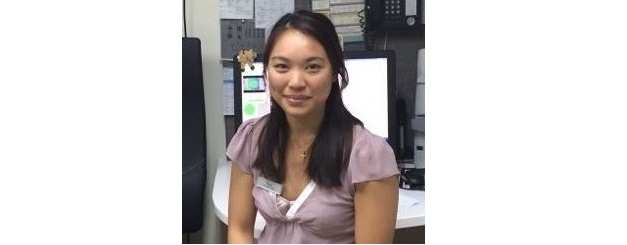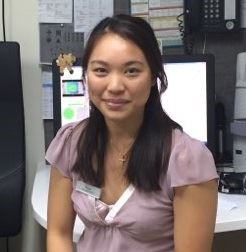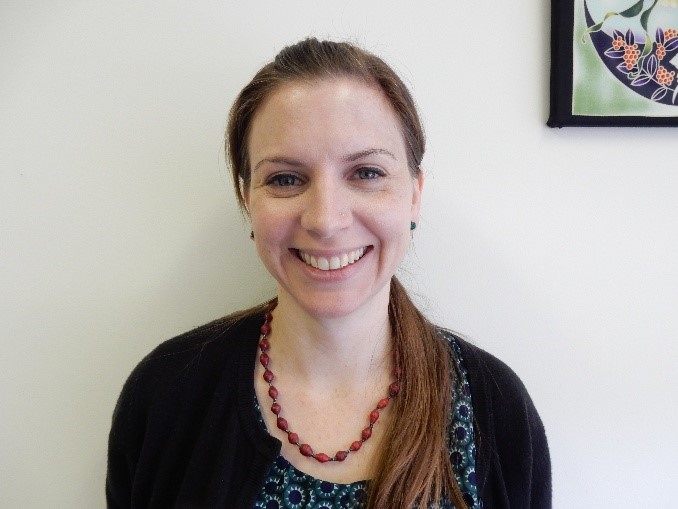
What are the big issues in health right now? An optometrist, occupational therapist and sonographer tell us….
Young Optometrist Rose Huang on buying online
Glasses and contact lenses are a medical device and not simply something you can just “Add to Cart” yet a number of consumers are turning to online shopping for their optical needs.

In a recent study by the American Optometric Association, researchers discovered that nearly half of all glasses (44.8 percent) ordered online either contained an inaccurate prescription or didn’t meet safety standards designed to protect the eyes. Consumers are forgoing the accuracy, comfort with a proper fit and individualised care which is offered at optometry practices. Before purchasing online always consider if there is a returns policy, warranties offered, shipping costs, extra costs, insurance covered and maintenance fees involved.
The beauty of purchasing your special pair of glasses from your local optometrist is that the necessary time has been taken to help you select and measure up your glasses in order to enhance your vision. If your temple breaks a few months later or a screw is loose, you can easily pop in to have these adjusted and fixed – often at no cost if they are covered under warranty. There’s a sense of familiarity and personalised care that you just don’t get with online shopping!”
Polio Community Officer and Occupational Therapist Stephanie Cantrill on a much overlooked condition
With an ageing population, there is much talk of increasing services for older Australians. What isn’t often taken into account, however, is that not all ageing is equal. Ageing with a disability often means more services and equipment are needed, and more specialist care is required.

Polio is a much-overlooked disease in Australia, since – thankfully – we haven’t seen an outbreak for many years. However, there are thousands of people still living who contracted polio in childhood, whether here in Australia or elsewhere, and are now living with Late Effects of Polio/Post-Polio Syndrome. After years of relative stability, many people are experiencing increasing muscle weakness, declining mobility, debilitating fatigue, chronic pain and breathing and sleep issues.
As polio survivors age, their needs are often greater than those of the general ageing population. They may need customised equipment, more specialised services, and a tailored approach to healthcare. Along with other older people with disabilities, it is vital that their particular needs are taken into account, and that they are not subjected to a one-size-fits-all approach to care.
Sonographer Aarti Bajaj on patient expectations
Medical Ultrasound is a very exciting, vital extremity in the world of

diagnosis and Medical Imaging and being a Medical Sonographer, staying up to date with all the latest technologies keeps our profession challenging and exciting.
Newer state of art machines, faster technologies, all of it makes accuracy, care giving more efficient and less time consuming.
As much as all the new developments in the field of ultrasound imaging is a blessing, I believe we are unknowing making or consumers (patients) more impatient and less grateful towards the service they get.
Let me illustrate a couple of examples:
1. A patient has been given a referral by his/her medical practitioner to get an ultrasound done for abdomen 2 weeks ago. But he will come to the imaging practice one morning after 2 weeks, expecting the service to be done immediately, reported and sent to his doctors in a matter of couple of hours as he has a follow up appointment that very morning. Everything in society has been marketed in such a manner that we are subconsciously getting conditioned for instant answers and not realizing the multi layered process that goes behind it.
2. A patient with large body habitus comes for a morphology ultrasound examination for her fetus at the gestation age of 20 -22 weeks with the entire extended family. Of course in all wonderful marketing material that they see all around shows them beautiful images of the scan. But patient forgets that the scan is not an entertainment session. It is a very important diagnostic process where the sonographer needs to concentrate in ruling out any grave abnormalities or defects rather than achieving just pretty profile images and detecting the gender of the fetus. Like any medical scenario, empathy and understanding are the two most important aspects that brings the best out, but it must happen at both ends; both care giver and patient.
About the contributors
Dr Rose Huang earned her BOptom(Hons)/BSc(Hons) degree in the University of New South Wales School of Optometry and Vision Science in 2015. She is the current Chairperson of the Young Optometrists, an organisation focused on representing optometrists in their first decade of practice and addressing the needs of these young professionals to find their way in the optometric profession. At the same time, Dr Huang is currently practicing in an independent optometry practice in Malinda Halley. In her free time, she enjoys the company of her beautiful fur baby. Among her hobbies are climbing, boxing, footy, anything outdoors, and baking.
Stephanie Cantrill has a Bachelor of Occupational Therapy and Master of Public Health. Before she became a Polio Community Officer with Polio Australia, she worked as an occupational therapist. Currently, community information for polio survivors and their families/carers is one of her projects in the organisation. She is into travelling, writing, and eating delicious meals that someone else has cooked.
Aarti Bajaj is not only a sonographer, but the artistic director and lead performer in the forthcoming stage production, MEERA playing one-night-only at the Home of the Arts (HOTA) on the Gold Coast on Sunday, 4th of November, 2018.
More articles in My Health Career:
